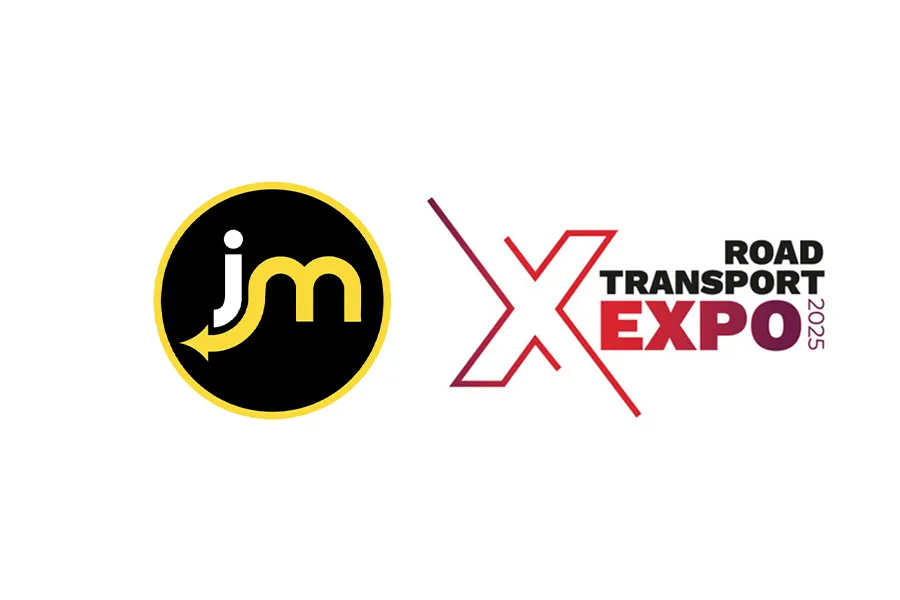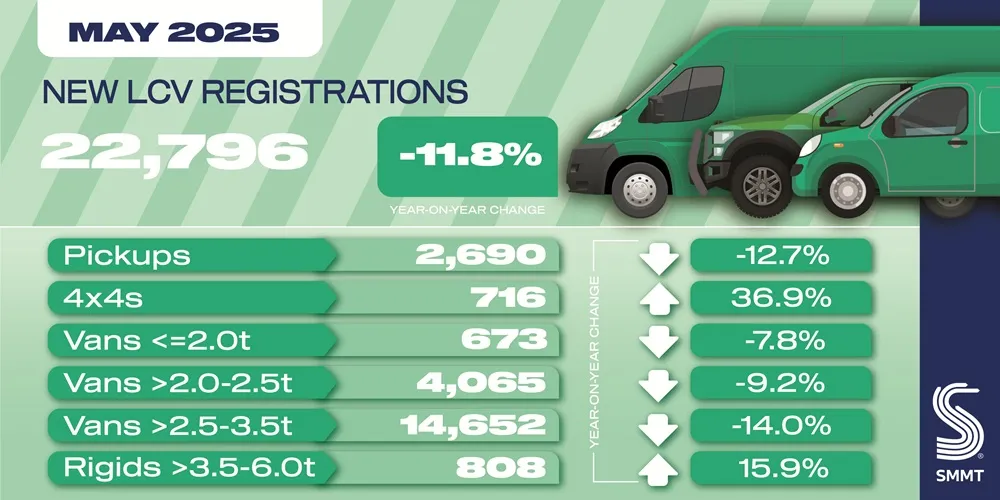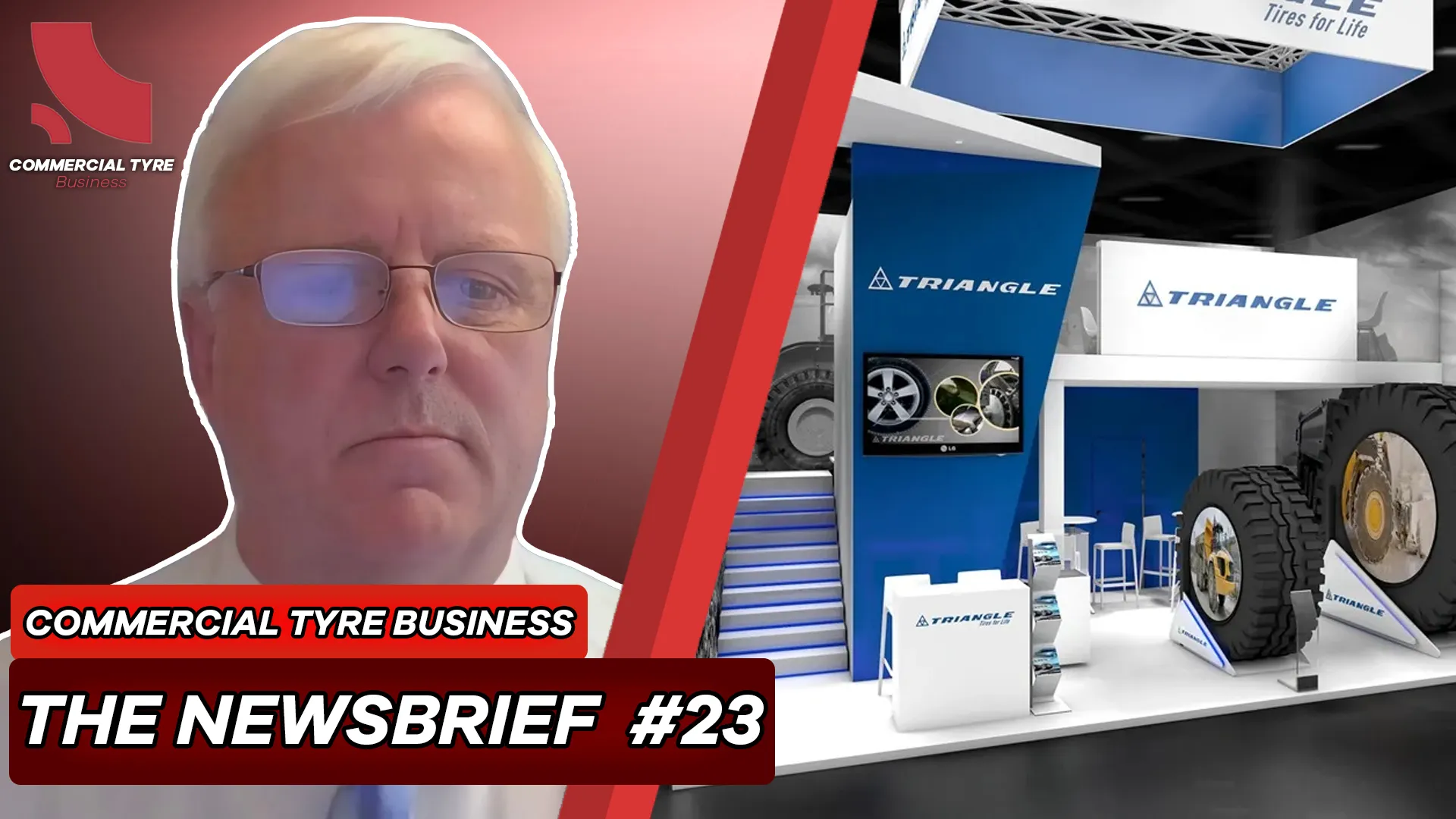Vehicle manufacturers and suppliers and the entire mobility and automotive industry are working to make mobility and the value chain as a whole more sustainable in the future.
Continental White Paper on Electric Mobility and Tyres
Electric vehicles are the key to future-proof and greener mobility, which is why Continental wants to focus its tyre development work on the new requirements of alternative driving systems. As a result, it has unveiled a tyre specially adapted to the electric and hybrid vehicle market in 2011 with the presentation of Conti.eContact at the IAA Commercial Vehicle Sho...
Continental White Paper on Electric Mobility and Tyres
Electric vehicles are the key to future-proof and greener mobility, which is why Continental wants to focus its tyre development work on the new requirements of alternative driving systems. As a result, it has unveiled a tyre specially adapted to the electric and hybrid vehicle market in 2011 with the presentation of Conti.eContact at the IAA Commercial Vehicle Sho...








